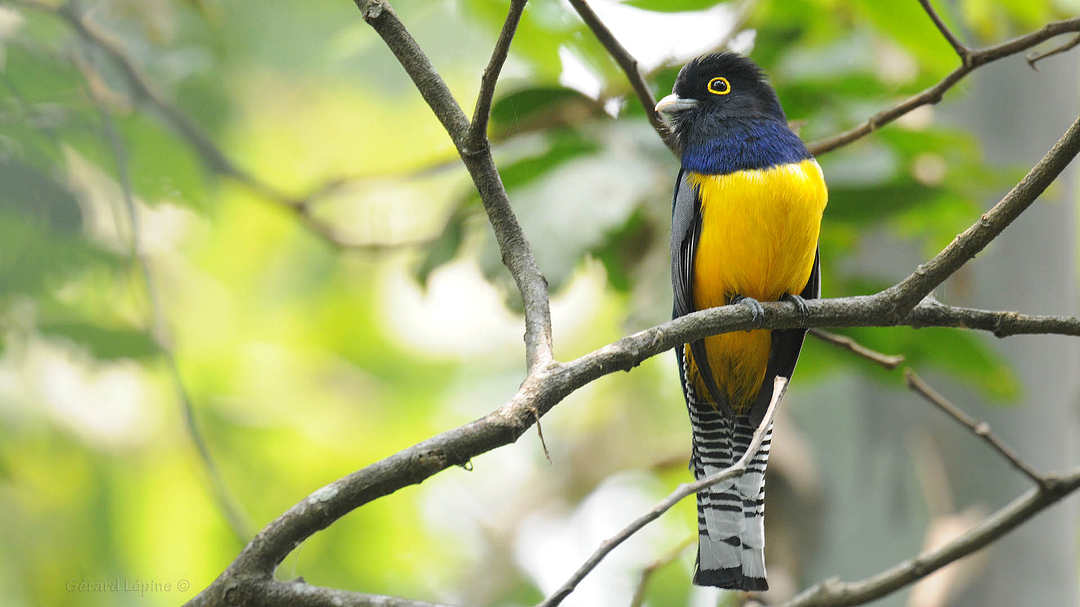
| Tikal's Fauna | Tikal's Mammals | Tikal's Birds | Tikal's Insects | Tikal's Reptiles | Tikal's Amphibians |
| Tikal's Mammals | Tikal Popular Residents | Tough to Spot | Tikal's Felines | Tikal's Bats |
Mammals in the Tikal National Park in Guatemala
In this section we are presenting only the most commonly spotted mammal species in the Tikal National Park. More detailed and scientific data on the park’s mammals is not available, as the park’s inventory of mammals is still a task that remains to be undertaken. In general, mammals in the forest are very elusive; many are nocturnal and most are not present in the vicinity of the human settlement or on the trails around the ruins. However, wandering off into the jungle by yourself is not a good idea at all. We would like to seriously advise you not to walk outside the park’s visitation perimeter, clearly marked by signposts, as you could easily get lost.
You may visit outside this perimeter and pursue wildlife observation with a qualified specialist guide, to ensure personal enjoyment and your safety. There are several accounts of people who were lost in the Tikal National Park, on each occasion search parties went out and looked for the lost individual, who -more often than not- wanted to see a jaguar…

Violaceous trogon Trogon violaceus
However, we are making a special mention of this, as sometimes the search parties were not successful.
Be reminded that this is the jungle and you are strongly warned against disrespecting her. One of the park’s rules revisited: it is forbidden to walk outside the designated trails and to wander off into unauthorized trails on your own for your own security!


Mammals: Mammals are warm-blooded animals. They have hair or fur, females secrete milk for the nourishment of young, and typically birth live young.
The first small mammals evolved from reptiles about 200 million years ago, and the group diversified rapidly after the extinction of the dinosaurs to become the dominant form of land animal, with around 4,000 living species. Mammals belong to the class "Mammalia", which contains the subclass "Prototheria" (monotremes) and the infraclasses "Metatheria" (marsupials) and "Eutheria" (placental mammals such as rodents, cats, whales, bats, and humans).

We hope you will enjoy www.tikalpark.com and its Spanish version www.parque-tikal.com
For reservations or more information write to us at tikalpark@tikalpark.com.


| Home | Arts | Sciences | Transportation | Lodging | Special Tours | Birding Tours | Tours | Map | About Us | e-mail us | Site Map |